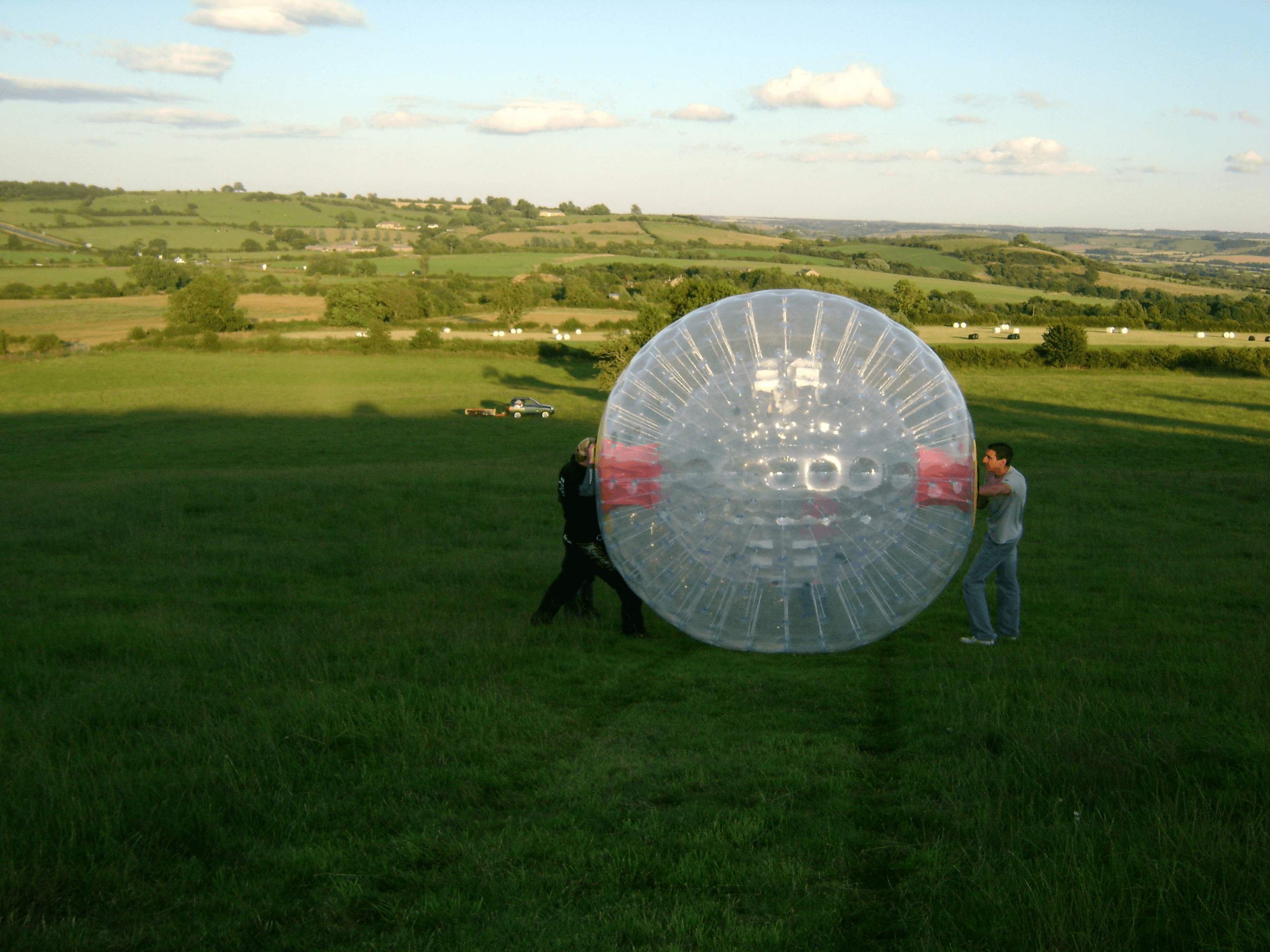
How We Built 53° in Four Months (and Why Productivity Isn’t About Doing More)
We built 53° in four months while working full-time by cutting everything nonessential. Learn the focus-first system that drives real productivity.

Turn sales rejections into opportunities for your experience business. Stay calm, ask better questions, and show clear value—so you convert without cold calling.
I’ll be honest — we went through the cold calling phase, and it was brutal. Every dial left me cringing inside, filled with awkwardness and embarrassment.
We don’t cold call anymore — but we do convert.
Back then, whenever someone pushed back on price, timing, or trust, I’d stumble. I’d rush to discount, or worse, lose the deal altogether. The most frustrating part? I knew the value of what I was offering — I just couldn’t communicate it clearly in the moment.

What I’ve learned since is that objections aren’t rejections. They’re signals. They show genuine interest, mixed with hesitation. And with the right approach, they can actually bring you closer to a “yes.”
Objections are part of the adventure — like a rapid in the river. You can fight it, or you can learn to paddle through.
“It’s too expensive.” – Zoom out and show the bigger picture: the cost of not solving the problem is usually higher.
“We don’t have the time.” – Flip it: show how the solution actually saves time in the long run.
“We need to think about it.” – Get curious: ask what’s on their mind so you can address it directly.
“We’ve tried something similar before and it didn’t work.” – Acknowledge it: then explain how your approach avoids the same pitfalls.
“We’re happy with our current provider.” – Stay positive: ask what they love most, and what they wish was better.
Objections aren’t the end of the conversation — they’re the start of the real conversation.
I know that now because I’ve been on the other side — the calls where I froze, rushed, or gave up too early. The difference today isn’t that I never hear objections. It’s that I see them as opportunities to listen, build trust, and show value.
If you can stay calm, curious, and confident, you’ll find objections aren’t barriers at all — they’re stepping stones to sealing the deal.
Objections don’t mean “no” — they mean “not yet convinced.”
Listen first — objections are signals, not shut doors.
Stay calm & curious — dig into the “why” behind the pushback.
Add value — show them what they stand to gain (or lose) by making the decision.
The real adventure in sales isn’t avoiding objections — it’s learning how to paddle through them.
Share this post
About the author
For over 13 years I've led Live For Today—Yorkshire’s leading independent activity centres—growing to 4 sites plus off‑site adventures in the Yorkshire Dales. I'm passionate about business development, sales, and problem solving.
Read Next

We built 53° in four months while working full-time by cutting everything nonessential. Learn the focus-first system that drives real productivity.

Improve ad performance fast by aligning your landing page with the ad’s exact promise. Learn frameworks, examples, and checklists to boost CTR, conversion rate, and time-to-value.

Ready to swap the office for the outdoors? Learn how to launch an adventure-based lifestyle business—from leading simple experiences to building a community or centre.
Get started with a free trial and see how 53 Degrees can help you grow your business. get setup in 15 minutes.
Sign Up For Free